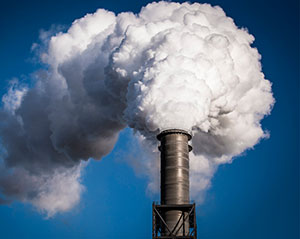Total primary energy consumption
Global primary demand is expected to remain stable to current levels until 2050.
-55%
Decrease in energy intensity to GDP by 2050 compared to 2023.
Global primary demand is expected to remain stable to current levels until 2050.
Global energy consumption will remain stable at current levels, in our EnerBlue scenario (NDCs & announced pledges). Advanced economies will tend to reduce their consumption, balancing growth in developing countries. By 2050, the Asia-Pacific region will represent over half of the global primary energy demand, and Africa will consume more than Europe. By 2050, renewable energy sources will account for two thirds of primary energy consumption. Fossil fuel demand, and especially coal consumption, are expected to drop substantially.
Breakdown by region | EnerBlue scenario
Trend over 2000 - 2050 - EnerBlue scenario
World
Scenario benchmark - World - Structure of primary consumption (%)
EnerFuture provides energy projections up to 2050. Our service offers clear insight into the future of energy demand, prices and GHG emissions.
More informationEnerdata's long-term MACC allow you to gain unique insight and comprehensive data from the globally recognised POLES model.
More information


